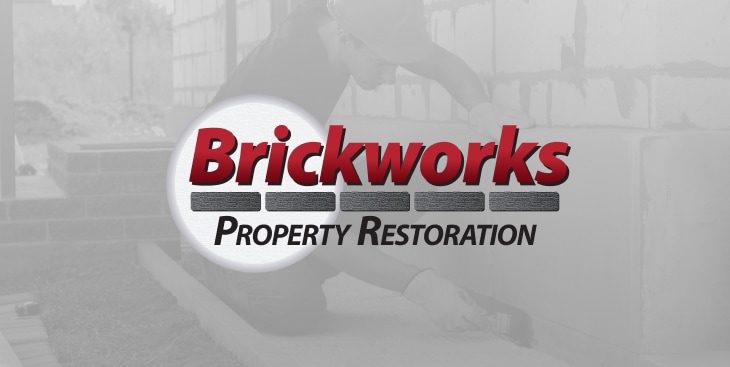

7 Common Mortar Joint Styles & How to Recognize Them
When it comes to brick and masonry work, the devil is in the details. Indeed, small decisions and precise execution are often the differences between professional and amateur brick repair. One great example of this is the formation of mortar joint styles. Mortar joints are the mixtures of mortar and/or grout that rest in between bricks. And if you’ve never worked on a brick structure before, you may not realize that not all mortar joints are the same. In fact, there are seven common different joint styles –– each with their own set of pros and cons. We’ll explain them all here so that you can recognize them for yourself:
Concave Joint
This is the most common type of mortar joint used in exterior brick walls. Concave joints are, unsurprisingly, shaped with a slightly curved, concave pattern. This allows for maximum water resistance because it prevents rain from accumulating on any flat surfaces. By looking closely, you should be able to see a small depression in the mortar joints between the bricks of an exterior wall.
V Joint
Unlike a concave joint, which has a rounded center, V joints have a v-shaped appearance. When constructed properly, V joints can also help prevent water damage. However, they are more difficult to form correctly and can enable water accumulation in some instances.
Flush Joint
Flush joints sit exactly in line with bricks on a wall. Because of this, flush joints are harder to form and maintain (since mortar will naturally squeeze out from under brick) and harder to waterproof. Typically, mortar joints are used in walls that are going to be plastered or painted over anyway, and the decision to use them is often a stylistic one.
Extruded Joint
Extruded joints are the only type of joint that don’t require tooling equipment. Rather, you can form an extruded joint simply by placing bricks on top of mortar. The mortar will push out and form an extrusion that sits between bricks. This is not to be recommended, though, since the extra surface area practically invites water damage.
Internal Wall Joints
There’s a big difference between interior and exterior brick walls. While the following joint styles have unique aesthetic qualities, they don’t provide water resistance and are not recommended for external use:
- Grapevine Joint. Grapevine joints were very popular during America’s colonial period and are now most often used when dealing with antiques or retro-styled brickwork.
- Raked Joint. Raked joints are similar to flush joints, but rather than aligning perfectly with the brick, they sit back about 2mm. This gives the joint a depressed look and subsequently makes the bricks “pop.” Not recommended for external use.
- Struck & Weathered Joints. Both are formed using a sharp angle to create a mortar “slope” in between bricks. Struck joints slant downwards and should not be used in exterior walls. Weathered joints slant up and can sometimes be used in exteriors.
Conclusion
Precisely forming a mortar joint style requires persistence, patience, and the appropriate tools. Thankfully, the professionals at Brickworks Property Restoration have the experience and the equipment to tackle any brick or masonry job –– no matter how big, small, straightforward, or complex. Contact us here at 586-868-3234 for more information. We’re happy to take on domestic and commercial projects!
Contact Us
Contact Us Today


We're Built on a Foundation of Excellence
Check Out Our Awards & Certifications
- Angi Super Service Award 2023
- Nextdoor Neighborhood Favorite 2023
- A+ Better Business Bureau Rating
- Certified by the Environmental Protection Agency
- Certified Chimney Sweep

